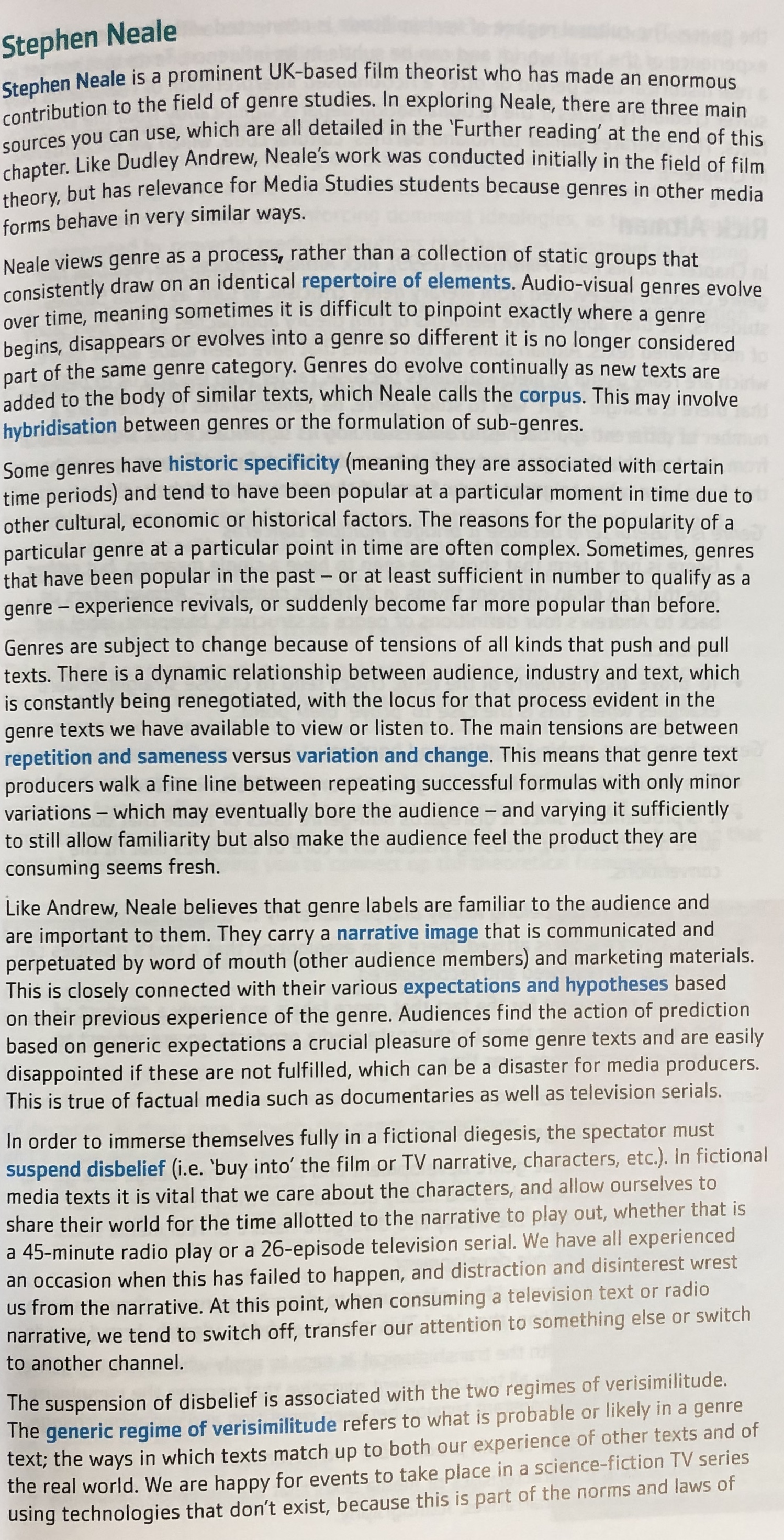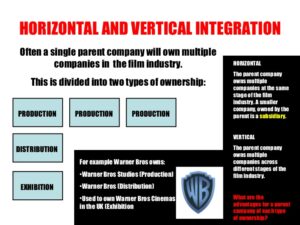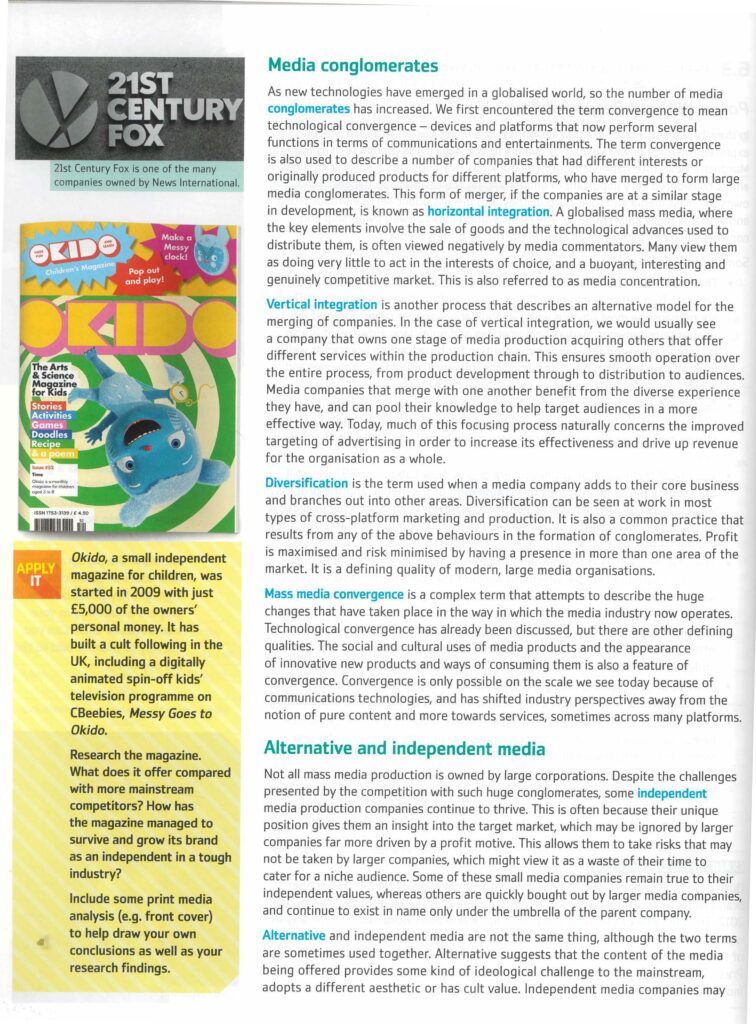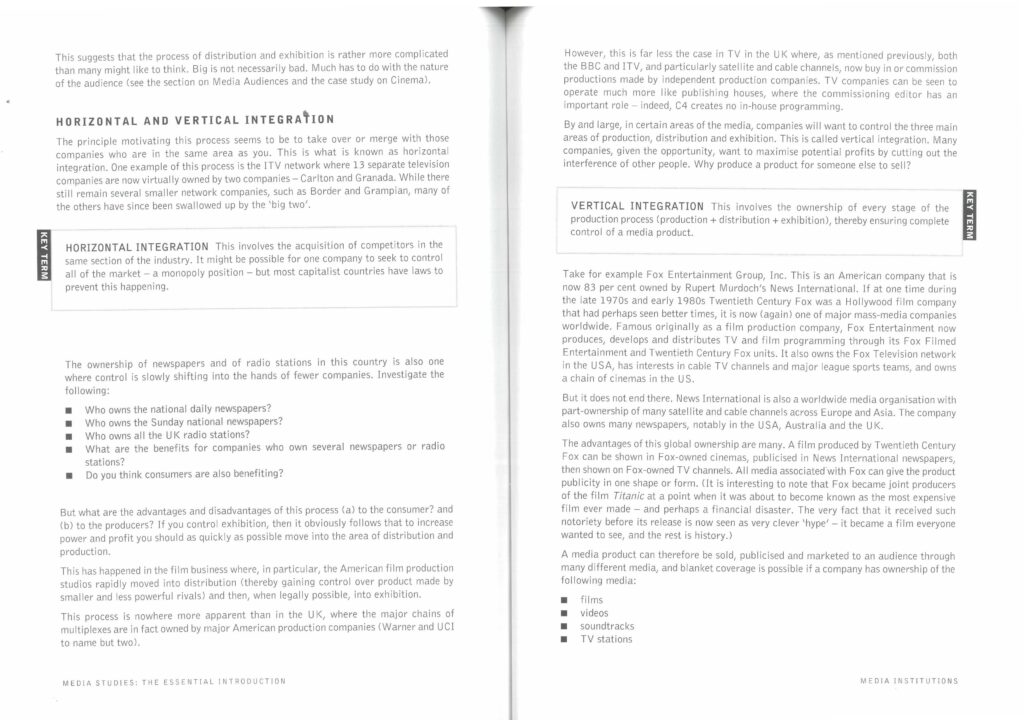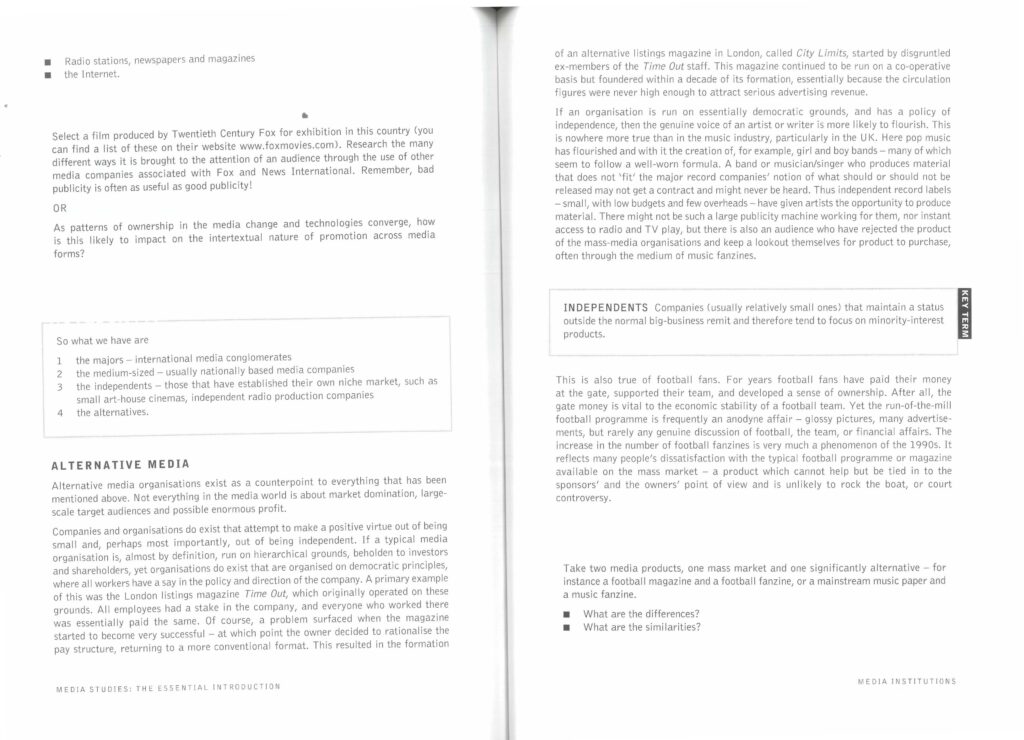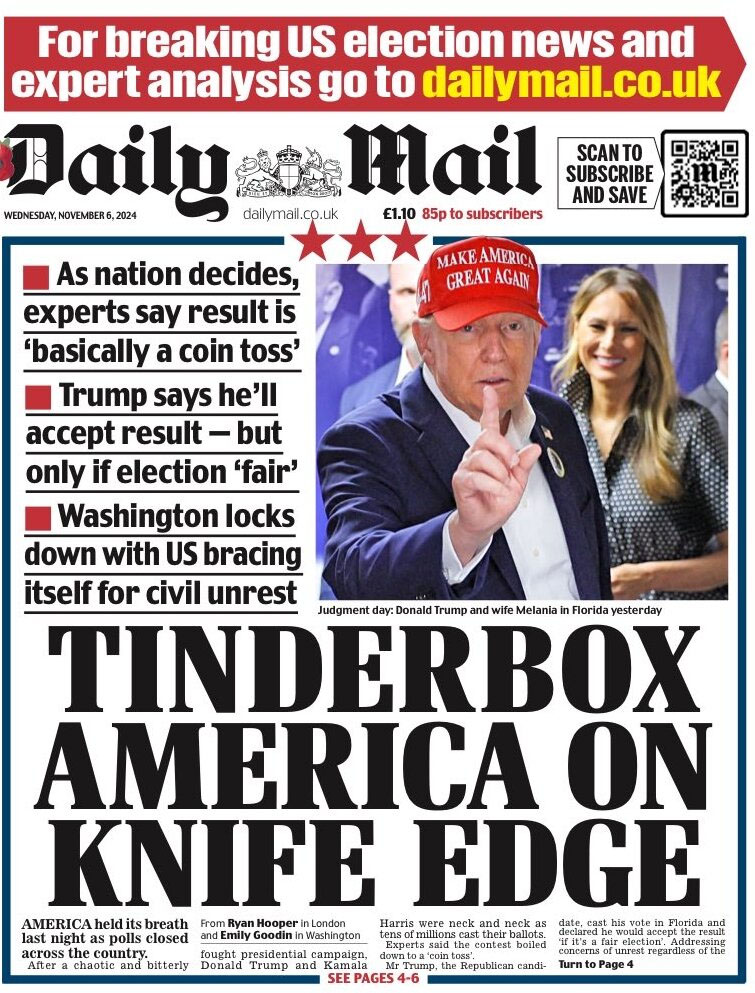30% of your A level grade will come from your coursework which is called a non-examined assessment (NEA). We don’t know what the set tasks will be yet – they will be released towards the end of your first year. But generally they are a cross-media production portfolio, which essentially means you produce 2 different media forms for the same product – so for example, you would produce both a magazine review (PRINT) and an opening sequence (FILM / TV) for a new drama (= the product). Or you produce 6 Instagram posts (NEW MEDIA) and a newspaper interview (PRINT) for a new green energy campaign (= the product) – note that these are all just hypothetical.
The good news is that I really, really like practical work and I believe that we can learn a lot about media (theory) ie your exam stuff by completing practical work. So, for example, we have been looking at theories of identity, the self and audience by producing our interviews.
Induction
For the induction I asked you to create a print product that follows the style, layout and conventions of a real media product. The brief was very wide (often the case with real media products!), so for your real NEA / coursework you are requested to write a STATEMENT OF INTENT which is a short piece of writing (400-500 words) which outlines what your intentions are ie what it is you are trying to achieve. You write this before you start your production.
As we didn’t do this for the summer task, I may need a bit of explanation from you about your intentions just to give me a better idea of what it was you were trying to do. We can do this in class when we look at all of our work as a ‘gallery’ exercise. We can also use this session to think about assessment – yep! Basically, how good is your work!?
To help I have emailed you back with an assessment sheet, asking you best guess where you think your assessment lies. Essentially, do you think your product is:
- Excellent (level 5)
- Good (level 4)
- Satisfactory (level 3)
- Basic (level 2)
- Minimal (level 1)
- Level 0 = 0 marks
Here is the assessment that I have sent out to everybody
To build up confidence, knowledge, understanding and ability in terms of practical work we are now going to produce an interview following a style model from the Weekend FT magazine.
Pages: 1 2 3 4 5 6 7 8 9 10 11
